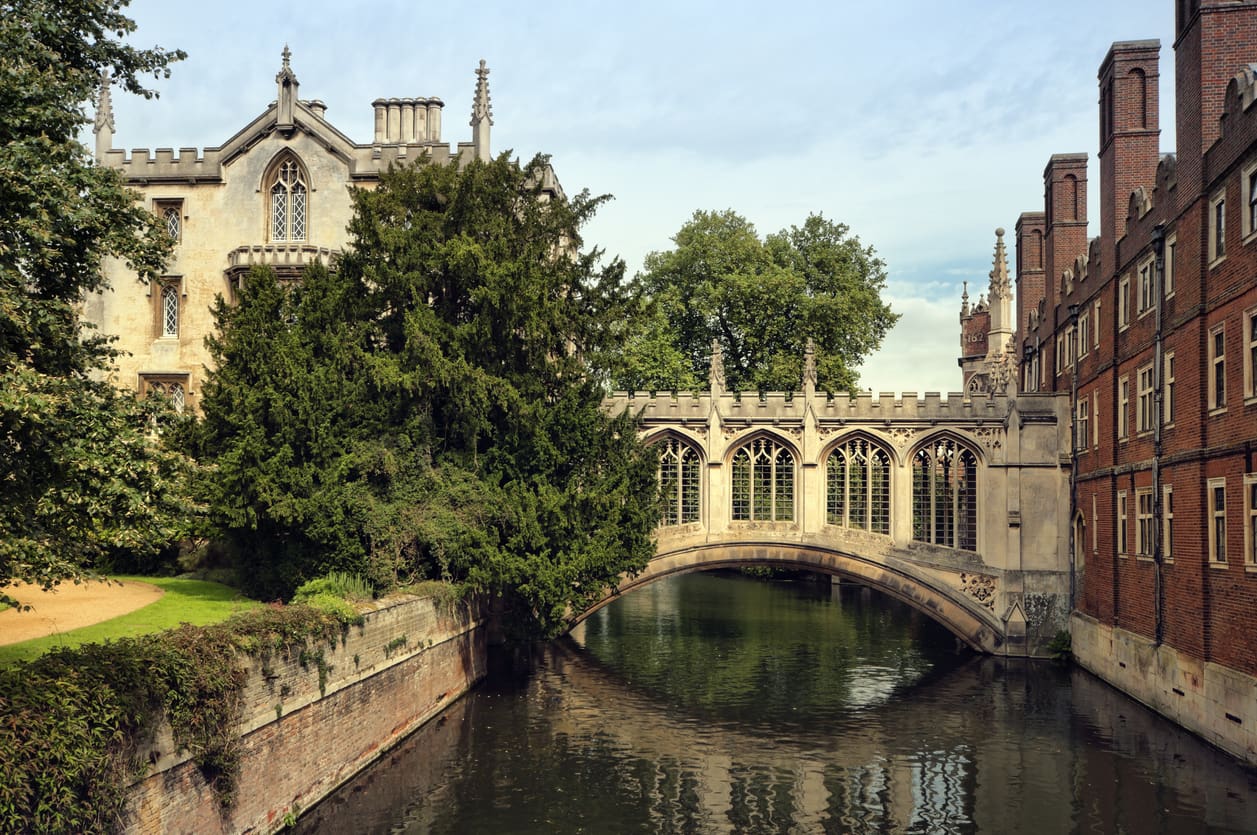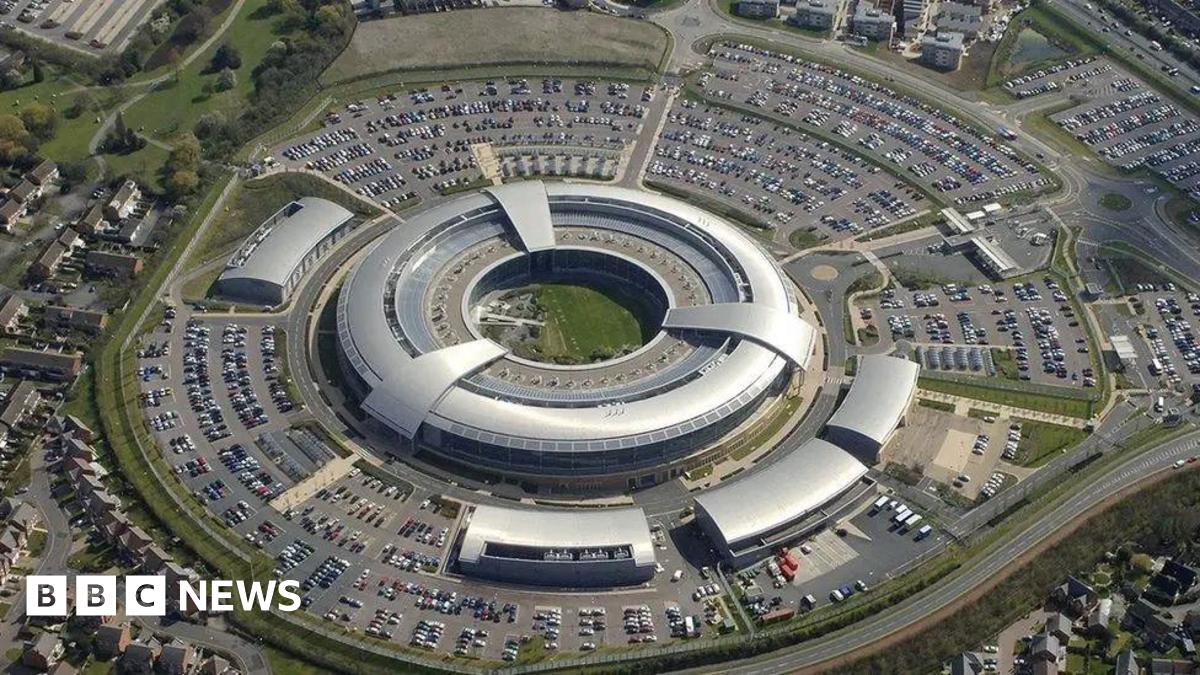Infra
Water infrastructure lessons from one of the UK’s driest counties

David Meek, CEO of This Land, explores the challenges facing Cambridgeshire’s water infrastructure and how planners and developers can optimise their designs accordingly
With an average rainfall of 600mm, just two-thirds of the national average, Cambridgeshire is one of the driest counties in the British Isles.
Despite recent flooding, addressing water scarcity in one of the region’s most water-stressed areas is at the top of the agenda, with the Government planning new measures to increase supply.
In a region that is undoubtedly expanding rapidly, demand for housing, infrastructure and amenities continues to grow.
Infrastructure is a key planning consideration and, in Cambridge, water supply is at the top of the agenda.
With no local reservoirs and a reliance on abstracting 99% of its water from the ground, the current infrastructure is undoubtedly insufficient to meet the future housing plans outlined in the ‘Cambridge 2024’ project.
In fact, concerns about a lack of sustainable water supply led to the Environment Agency’s objection to plans for 9,000 new homes and 300,000m2 of commercial space.
Proposed large infrastructure projects, such as a new Fens reservoir and a transfer pipeline from Grafham reservoir, will partially mitigate these concerns over a long-term period.
There are at-home solutions for strengthening Cambridge’s water infrastructure
However, as a responsible developer, there are complementary solutions that can be adopted to improve the efficiency of usage and recycling of water in new homes in the short term.
At This Land, in our ESG strategy we have committed to surpassing the Future Homes Standard of 110l/person (UK average currently 142l/person) on all our developments by 2025 and lower in subsequent years.
These standards will be achieved with the devices or appliances installed in the home and their flow rates, such as shower heads and cisterns, and are governed under Building Regulations, section G.
As well as improving new infrastructure, ensuring that existing infrastructure is not overwhelmed is essential element of the planning process.
In addition to the homes themselves, planning for Sustainable Drainage Systems (SuDS) for surface water will ensure that the existing infrastructure is not overloaded.
Proactive management of surface water run-off seeks to mitigate flood risk, enhancing existing drainage and discharge. For brownfield developments, these designs provide a minimum of a 20% betterment to the extant discharges.
A multi-faceted approach is needed to resolve the county’s issues
But solving the water supply challenge doesn’t rest solely on the shoulders of planners and developers. There are multiple ways that households can reduce their water usage such as installing smart meters, using rainwater for gardens, fixing leaks and installing more efficient equipment.
Commercial and civic buildings such as schools also have a role to play. It has been estimated that organisations such as schools could save up to 3,100 litres of water per day by installing water-saving measures, including sensor taps and boundary flow regulators.
While the continued growth of Cambridge is welcome, it has emphasised the pressure on our existing water supply and highlighted the urgent demand for sustainable water supply solutions to ensure the future prosperity of the region.









